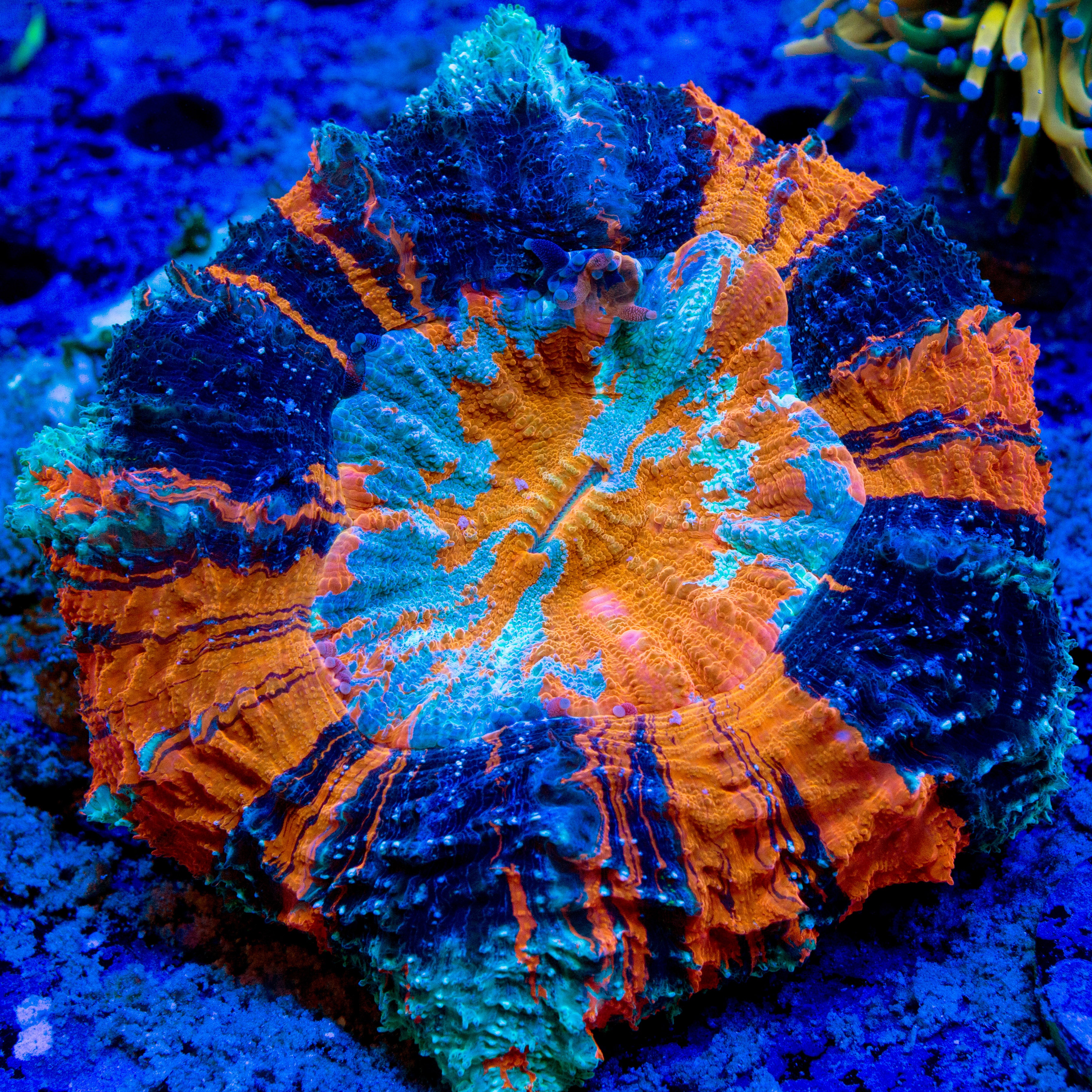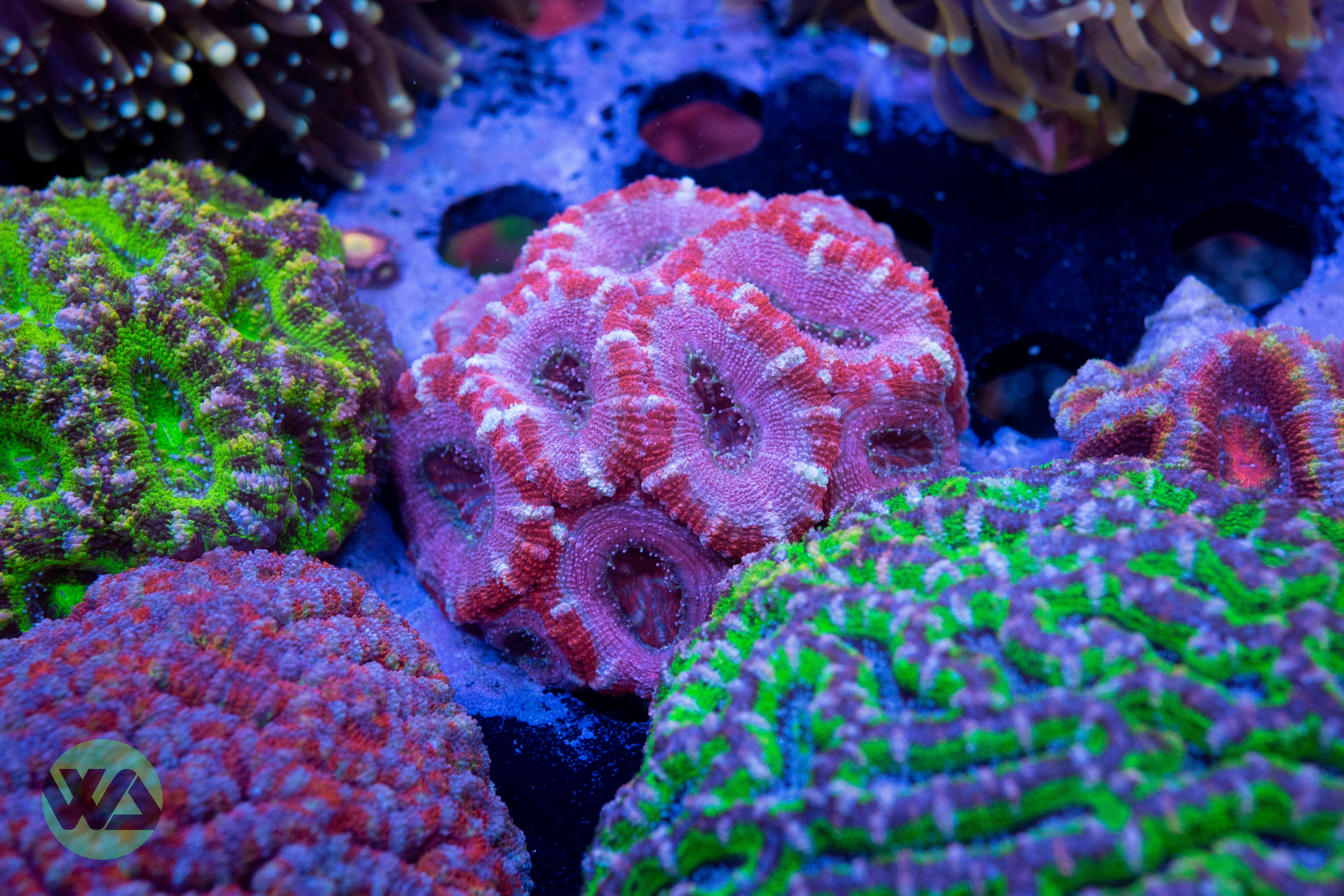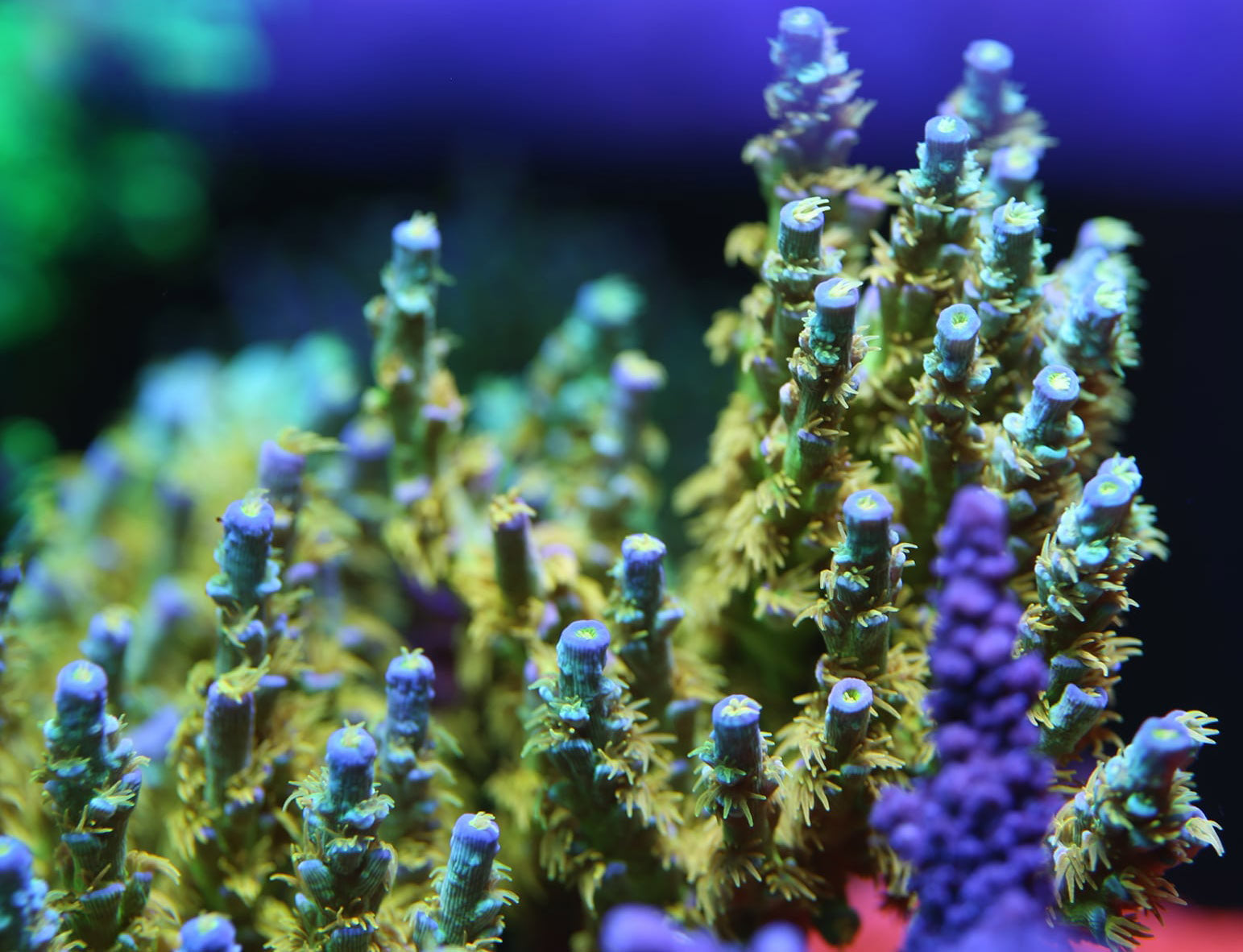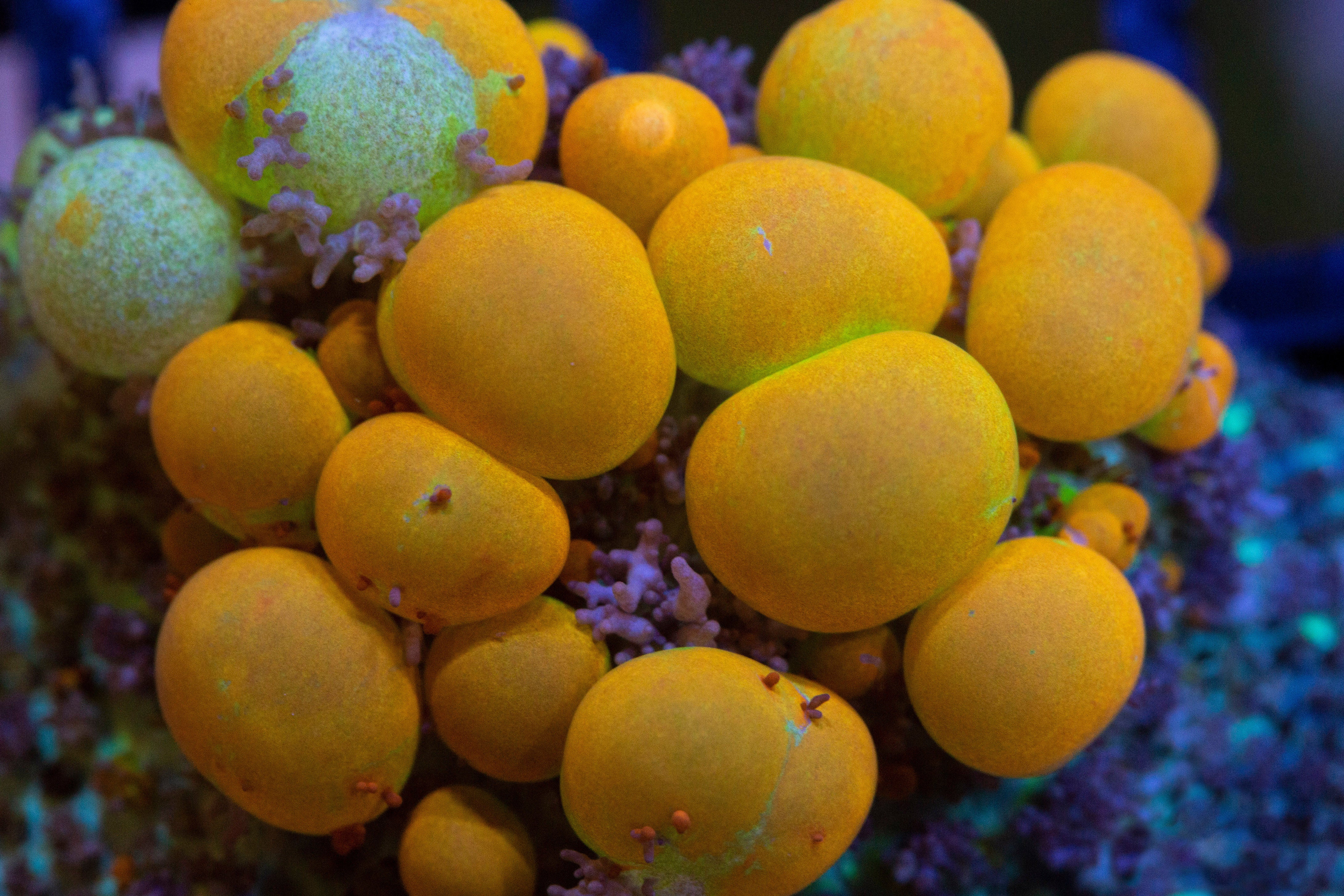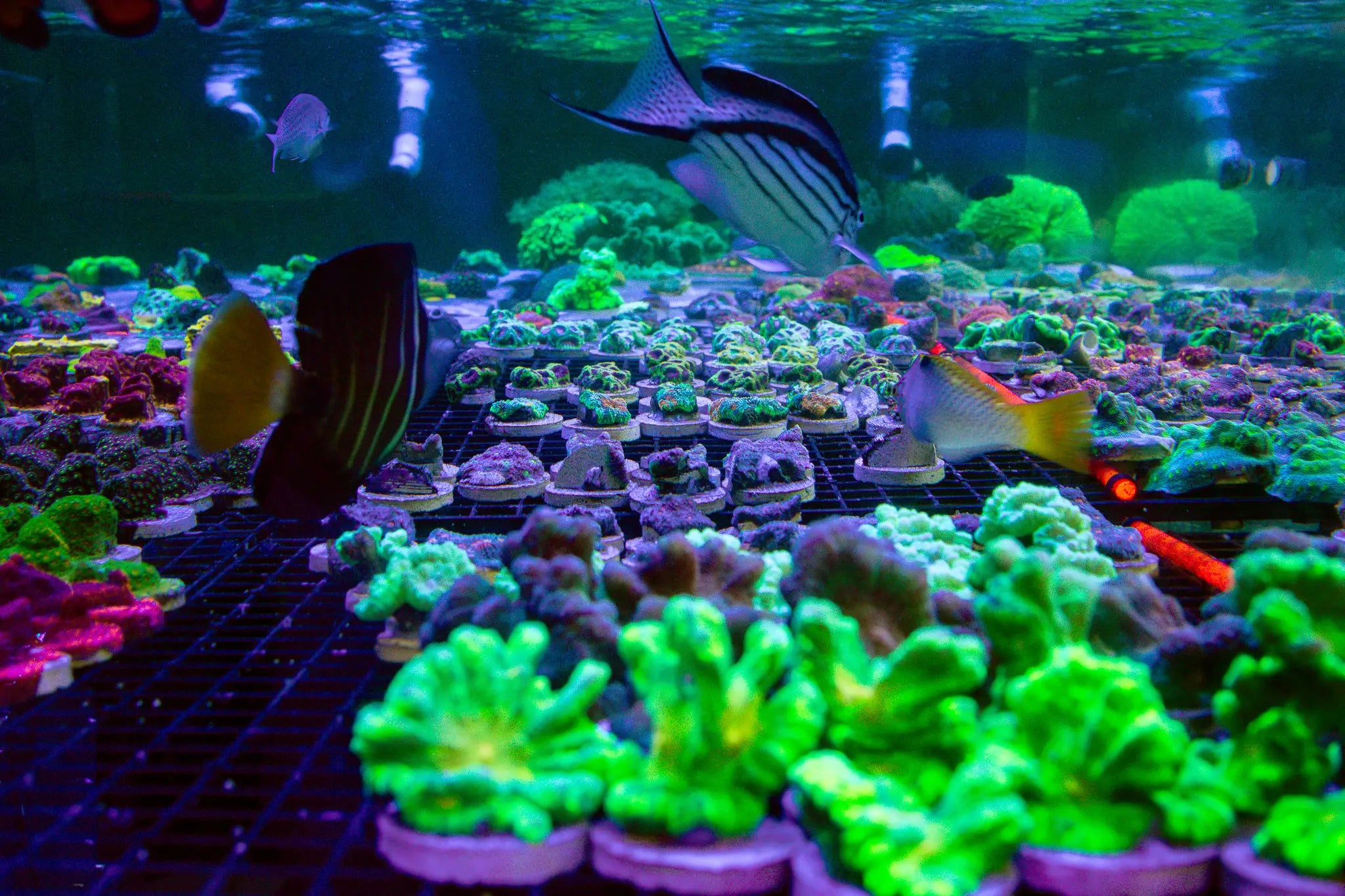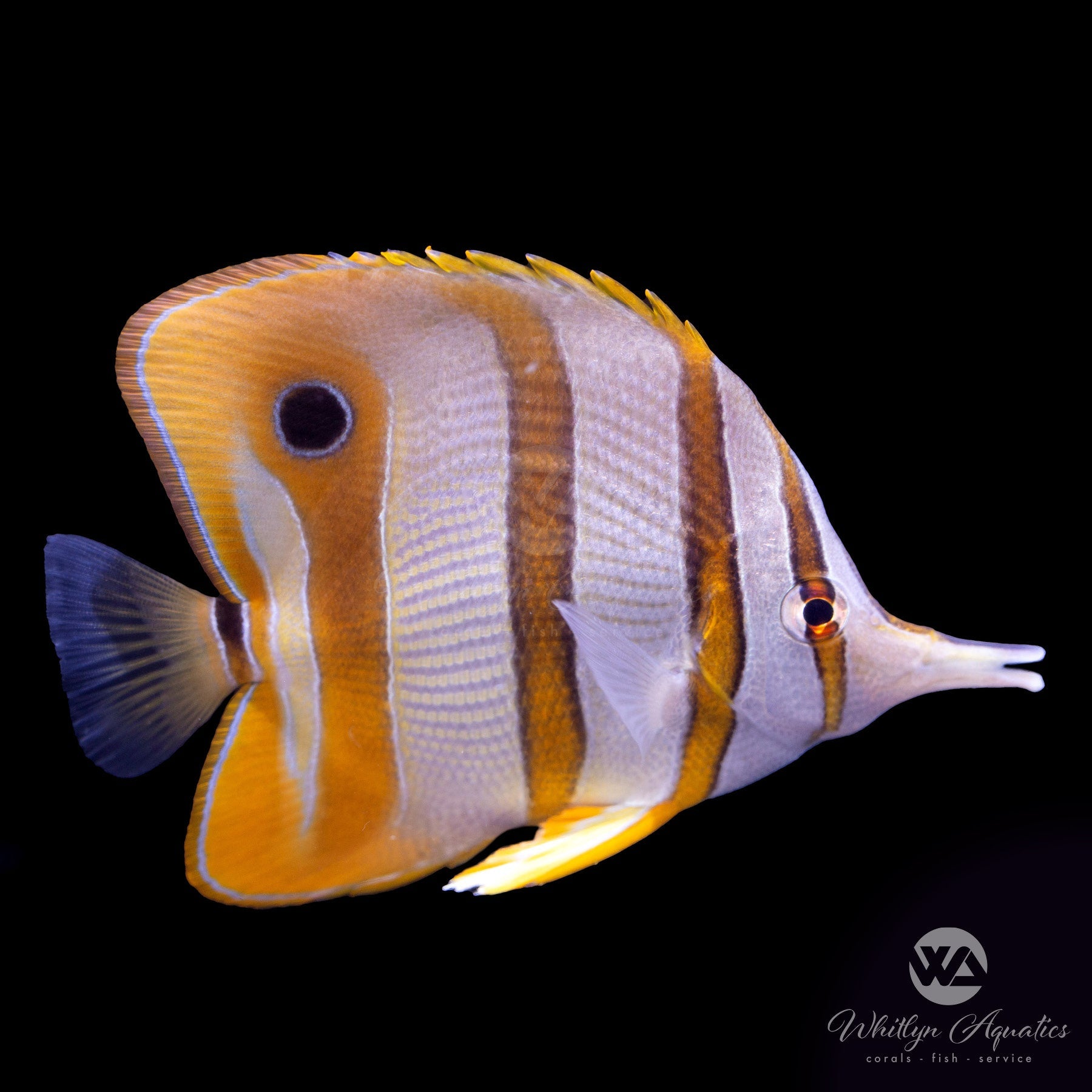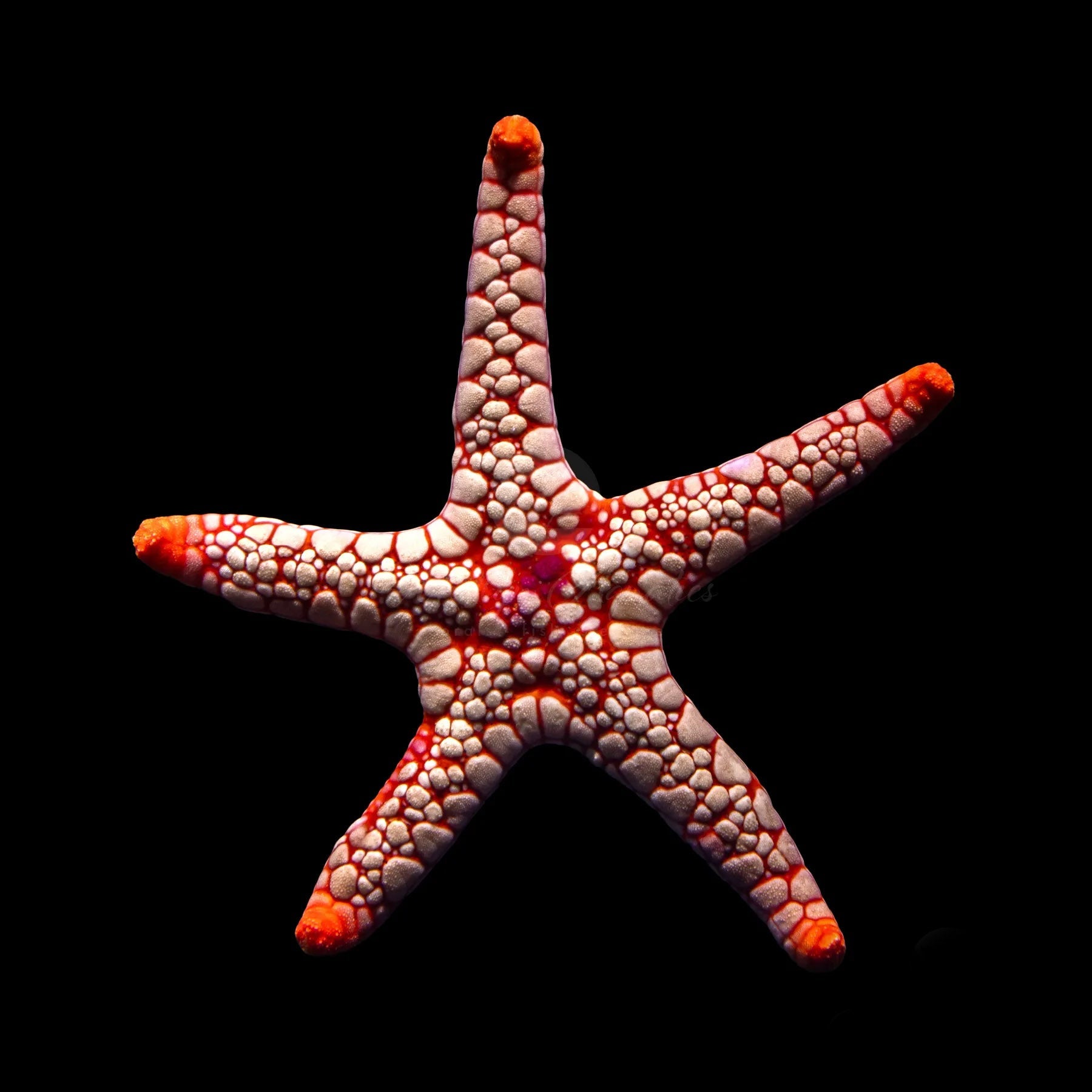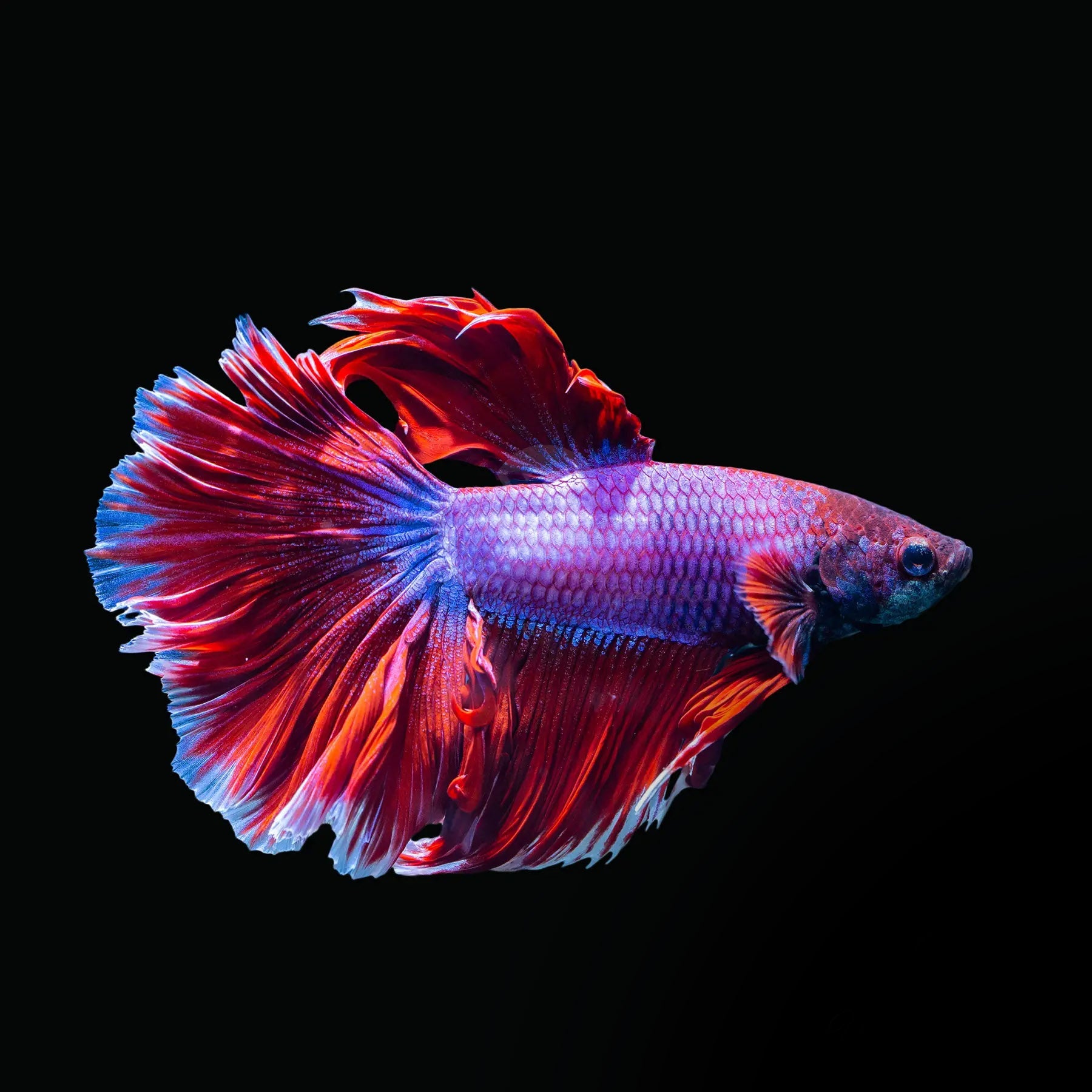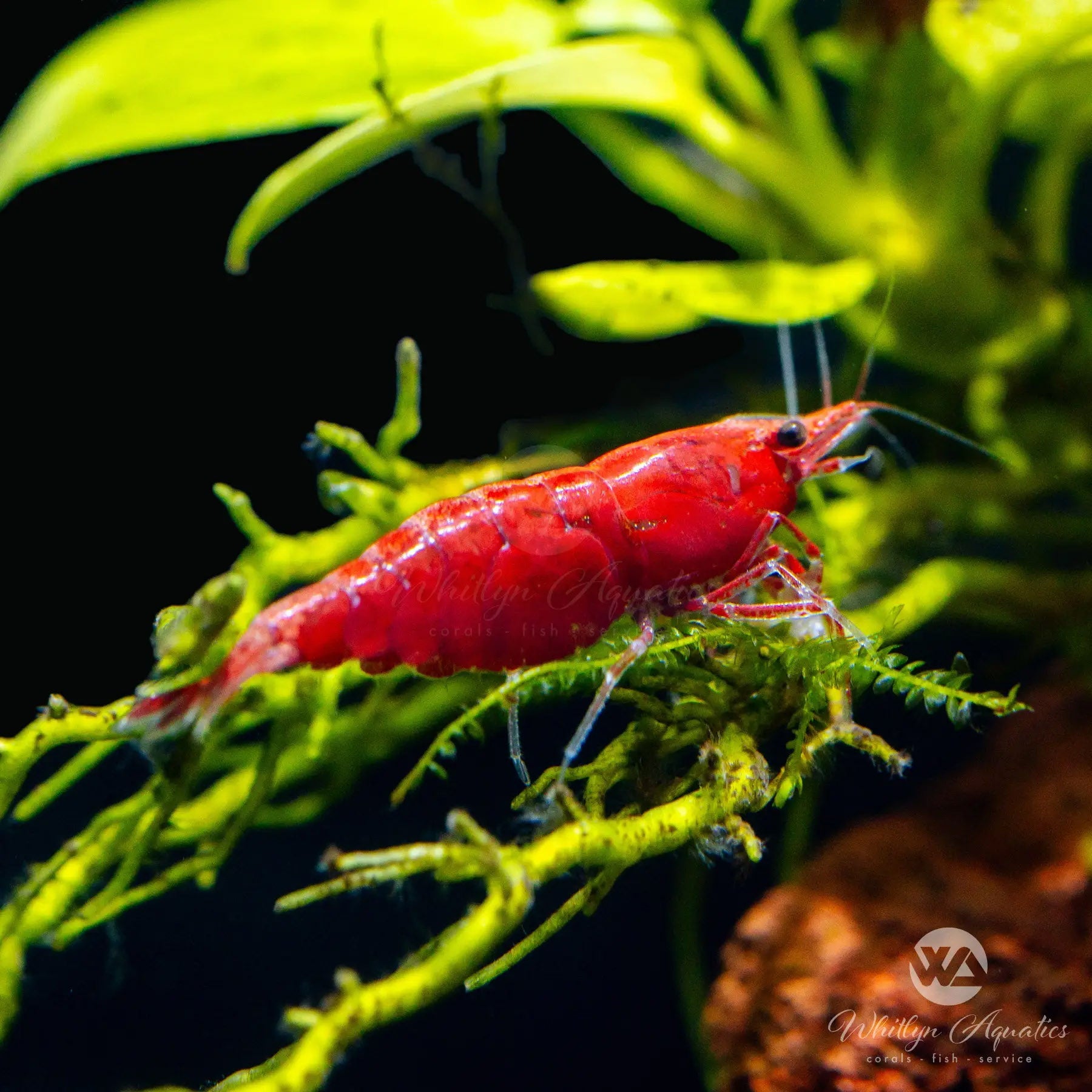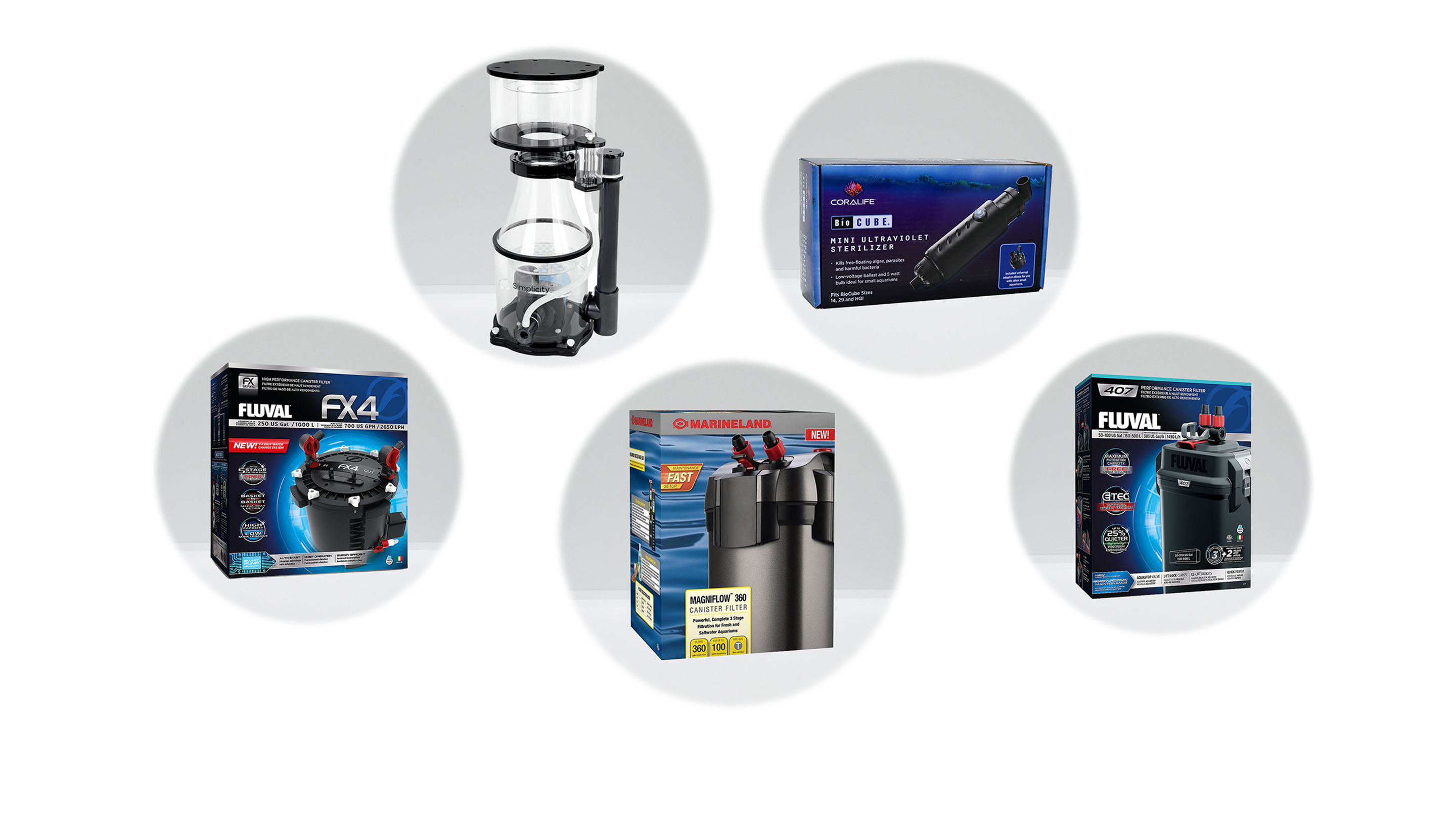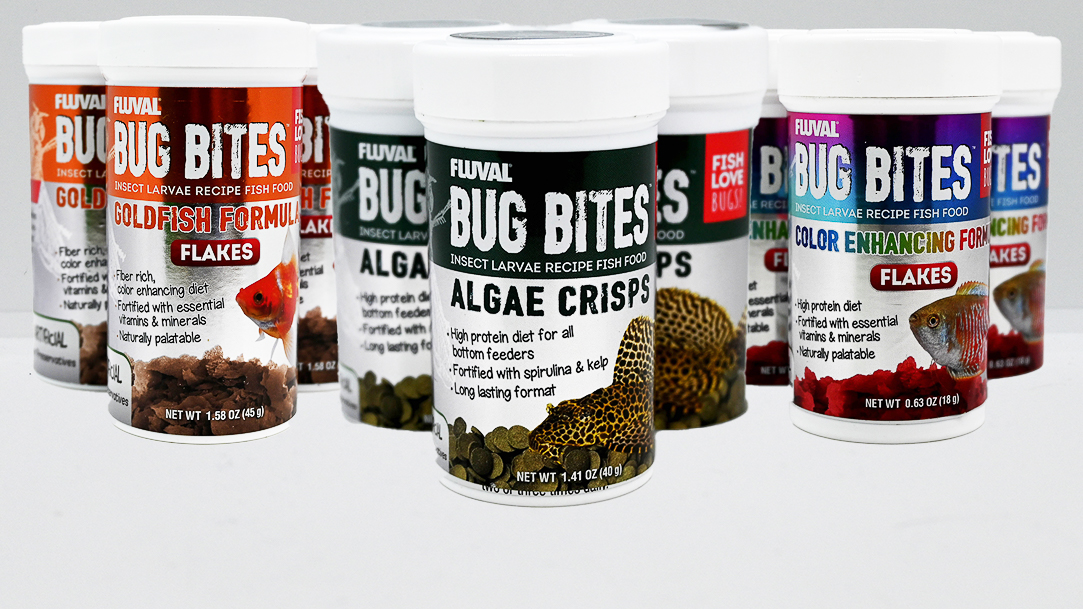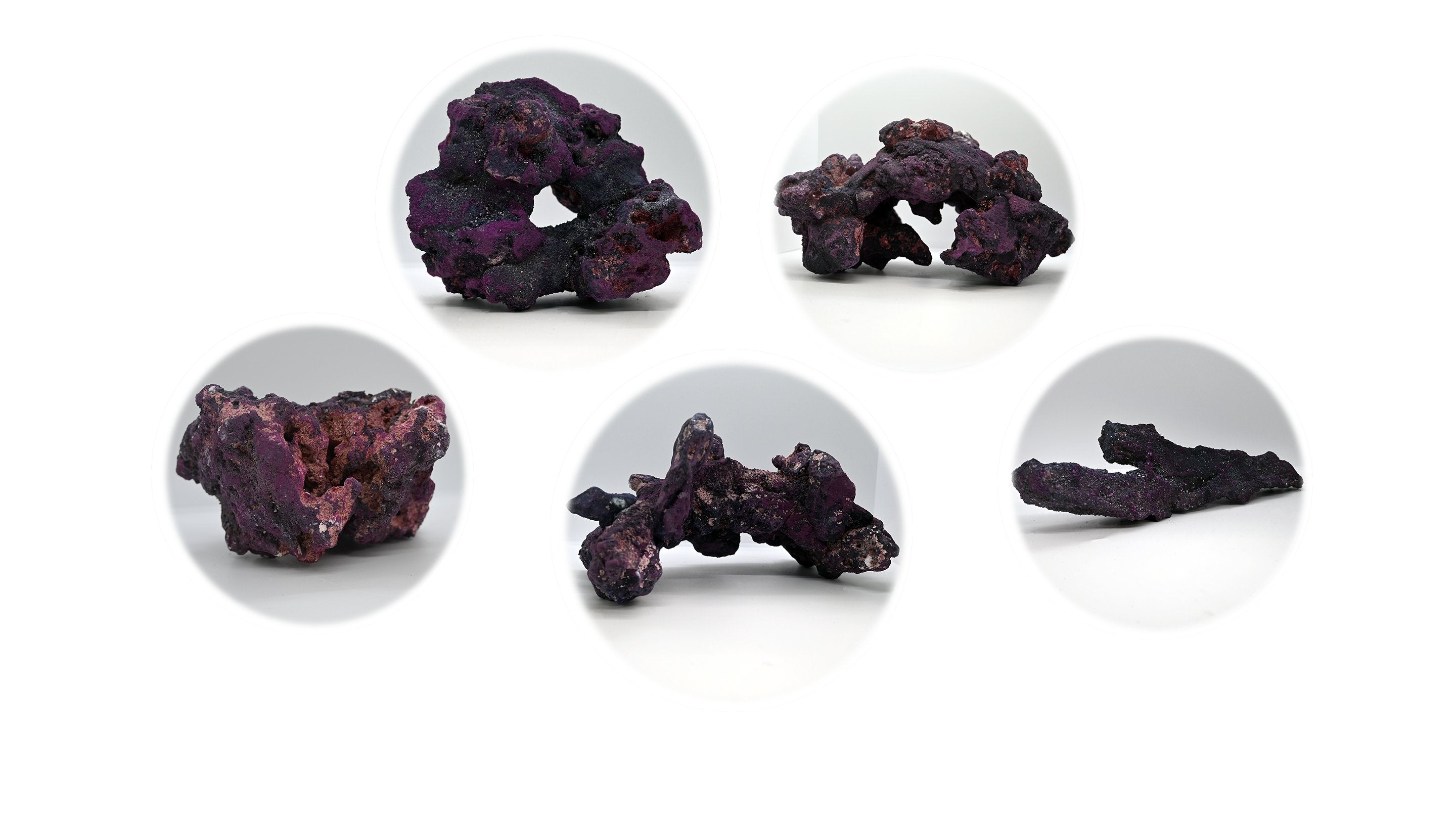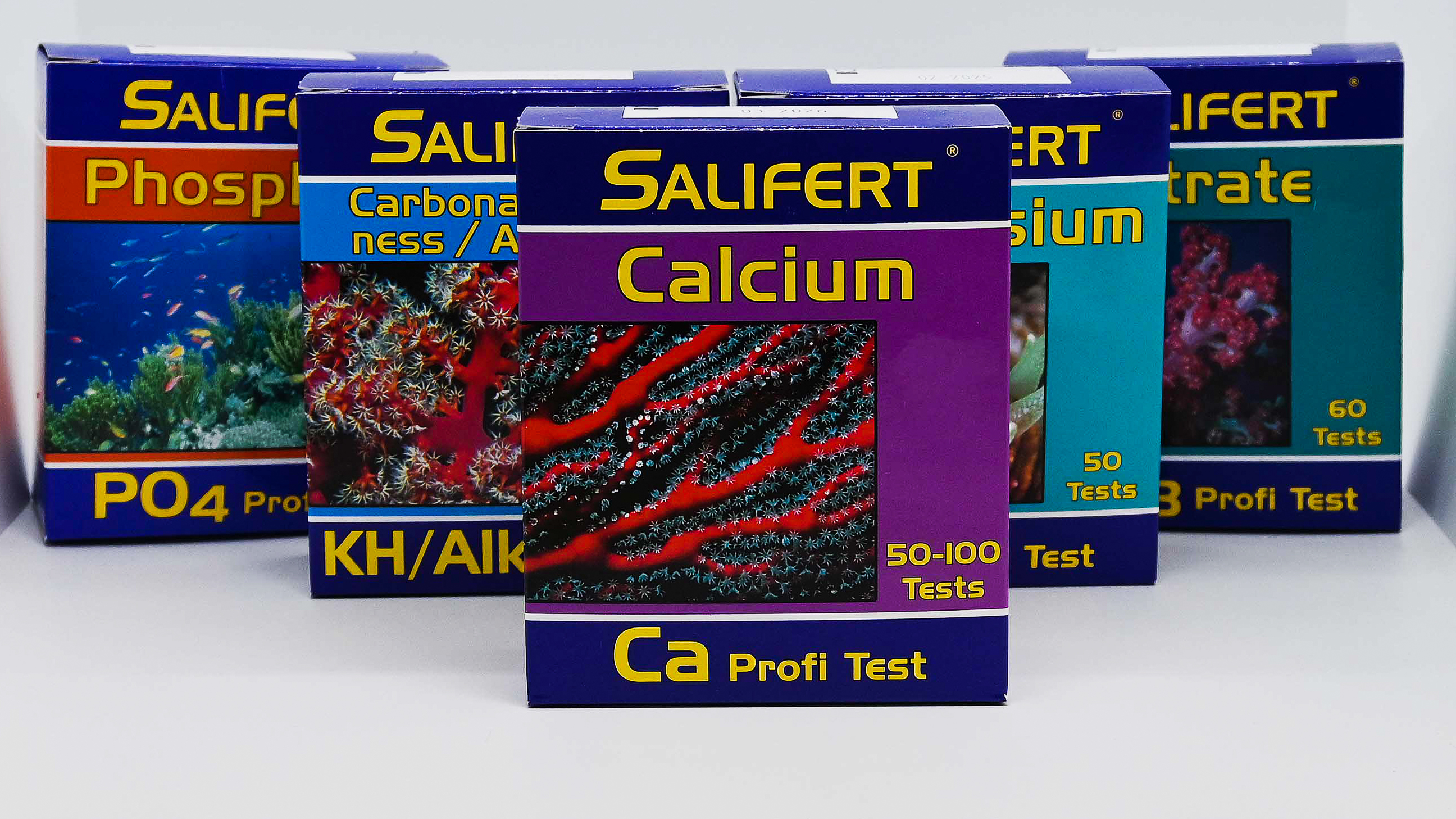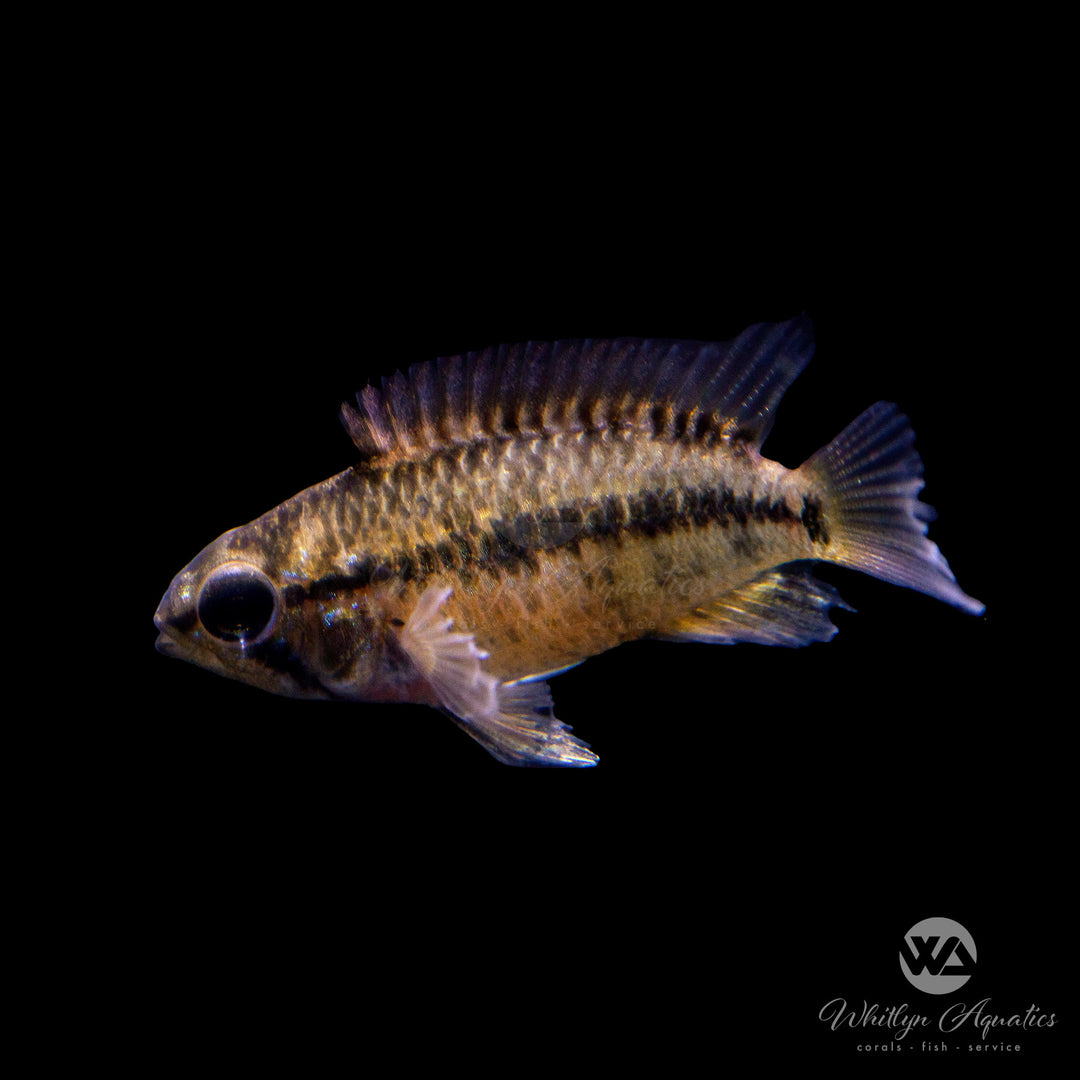
Macmaster's "Red Shoulder" Apisto - Apistogramma macmasteri
- Low stock - 8 items left
- Backordered, shipping soon
Macmaster’s “Red Shoulder” Apisto (Apistogramma macmasteri) is a vibrant dwarf cichlid known for its striking red-orange shoulder patch and lively personality. Popular among aquarists for its manageable size and beautiful coloration, it thrives in well-planted community tanks.
Description:
Common Name: Macmaster’s “Red Shoulder” Apisto
Scientific Name: Apistogramma macmasteri
Family: Cichlidae
Size: 3–4 inches
Temperament: Semi-aggressive
Difficulty: Moderate
Native Region:
South America (Colombia and Venezuela river basins)
Aquarium Setup:
Tank Size: Minimum 20 gallons
Temperature: 75–82°F
pH: 6.0–7.5
Hardness: Soft to moderately hard
Decor: Plenty of plants, driftwood, caves, and leaf litter for hiding and territory establishment
Additional Tips:
• Social Behavior: Best kept in pairs or harems with one male and multiple females
• Tankmates: Compatible with peaceful fish that occupy different tank levels
• Diet: Omnivorous – accepts high-quality flakes, pellets, frozen and live foods
• Breeding: Provide subdued lighting and dense cover to encourage spawning


